Effective Fly Control: Eliminate Pests Fast
Flies, those ubiquitous insects found worldwide, play a significant ecological role as both pollinators and decomposers. These winged creatures, often overlooked, serve as essential contributors to our ecosystem. Flies aid in the pollination of various plants, facilitating the production of fruits and vegetables that make up a substantial part of our diet. Moreover, they assist in breaking down organic matter, contributing to the natural recycling process. While flies might be considered nuisances in some contexts, understanding their ecological importance is crucial for maintaining the delicate balance of our environment.
The different species of flies
Flies, among the most abundant insects on Earth, are a diverse group with several common species that impact our daily lives. Understanding these species is crucial for pest management, disease control, and ecological balance.
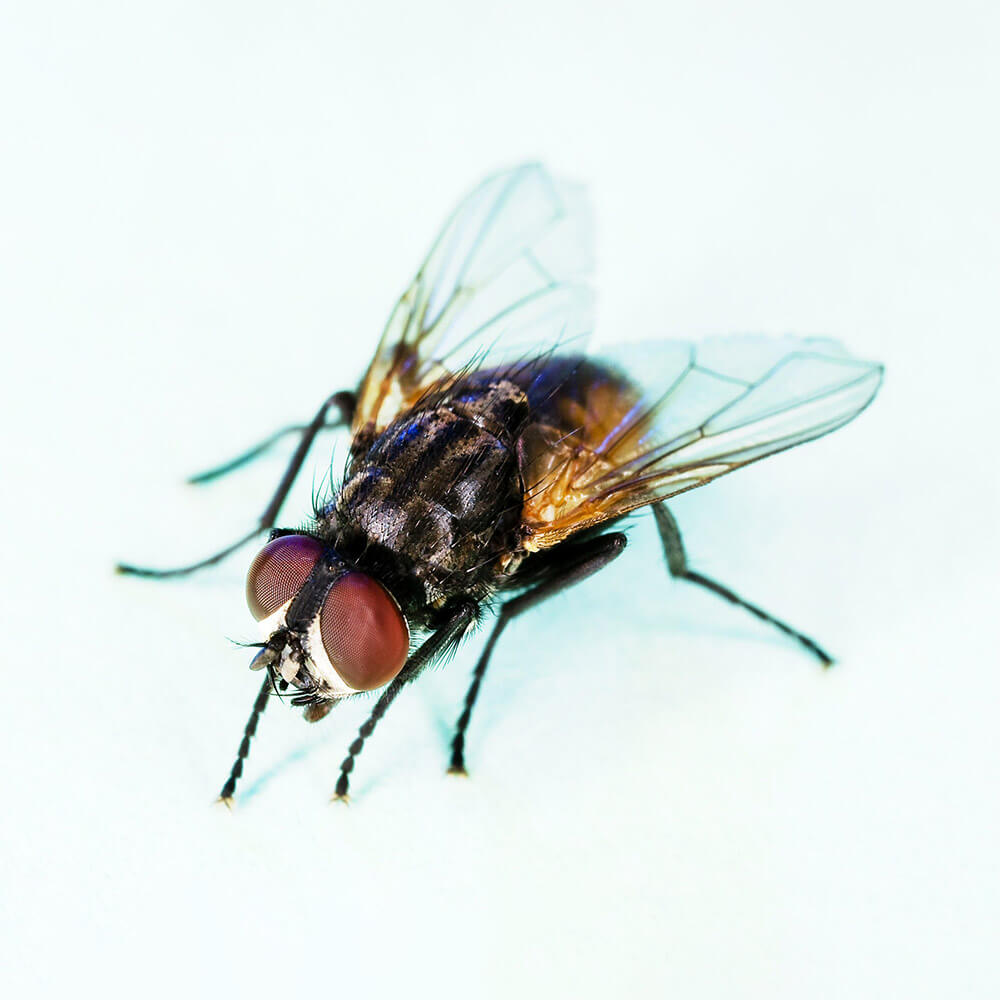
Housefly (Musca domestica)
The ubiquitous housefly, often found in homes and urban areas, is known for its disease-carrying potential. Effective housefly control methods are essential to maintaining a sanitary environment.
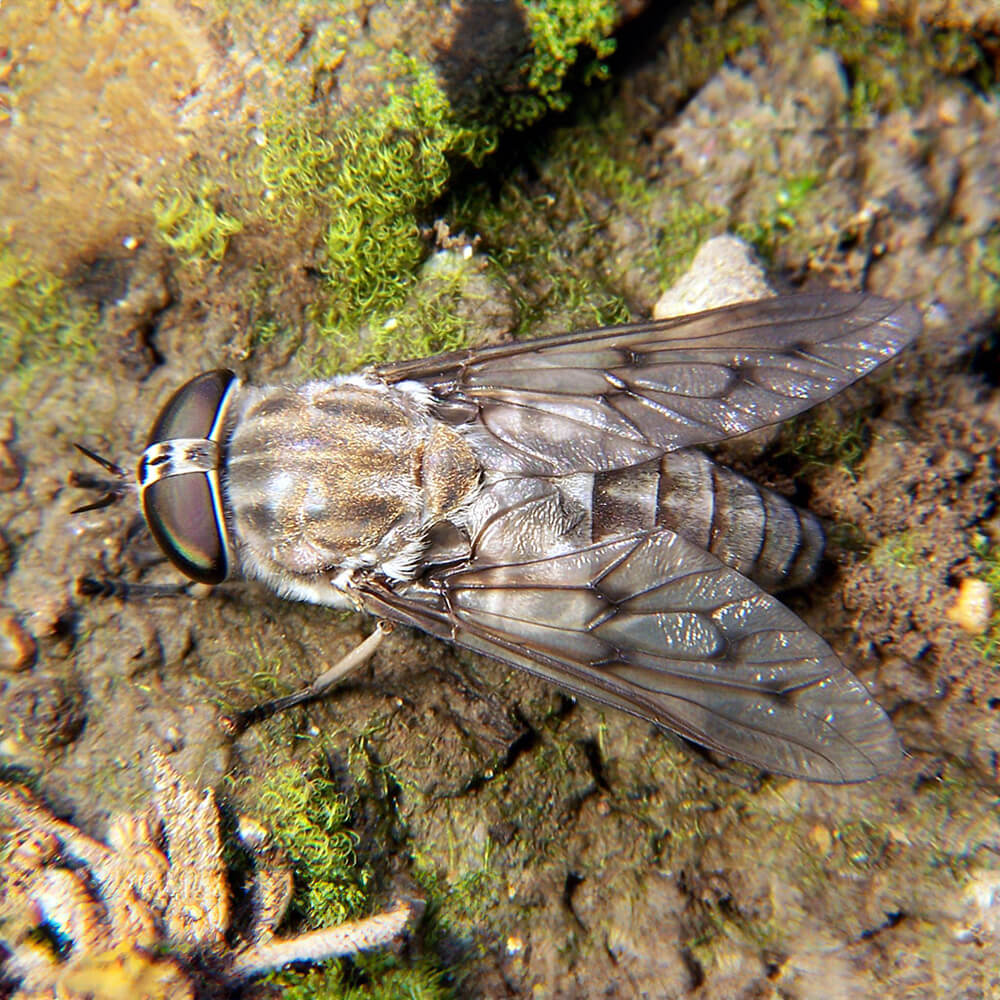
Horse Fly (Tabanidae)
Found near bodies of water, these large, biting flies can be a nuisance to livestock and outdoor enthusiasts. Protective measures are key when encountering them.
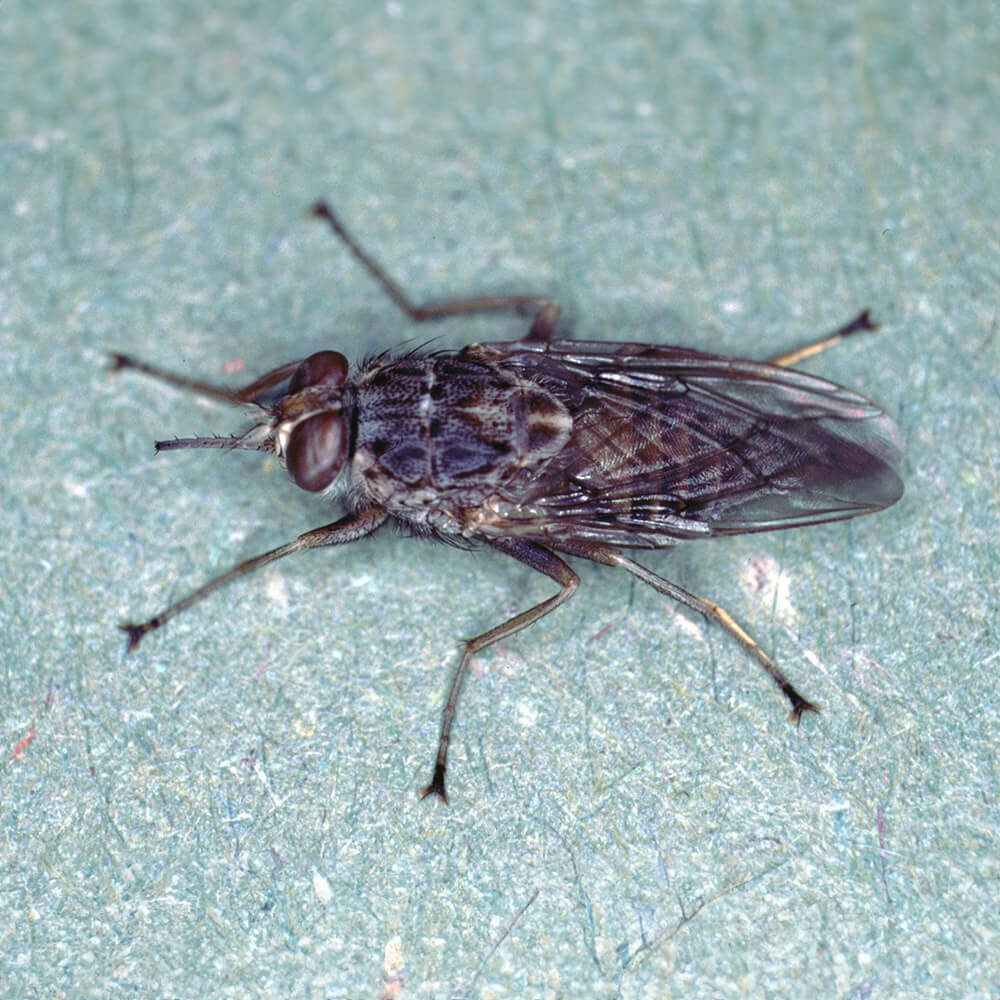
Tsetse Fly (Glossina)
Endemic to Africa, tsetse flies transmit sleeping sickness in humans and nagana in livestock. Control efforts are crucial in affected regions.
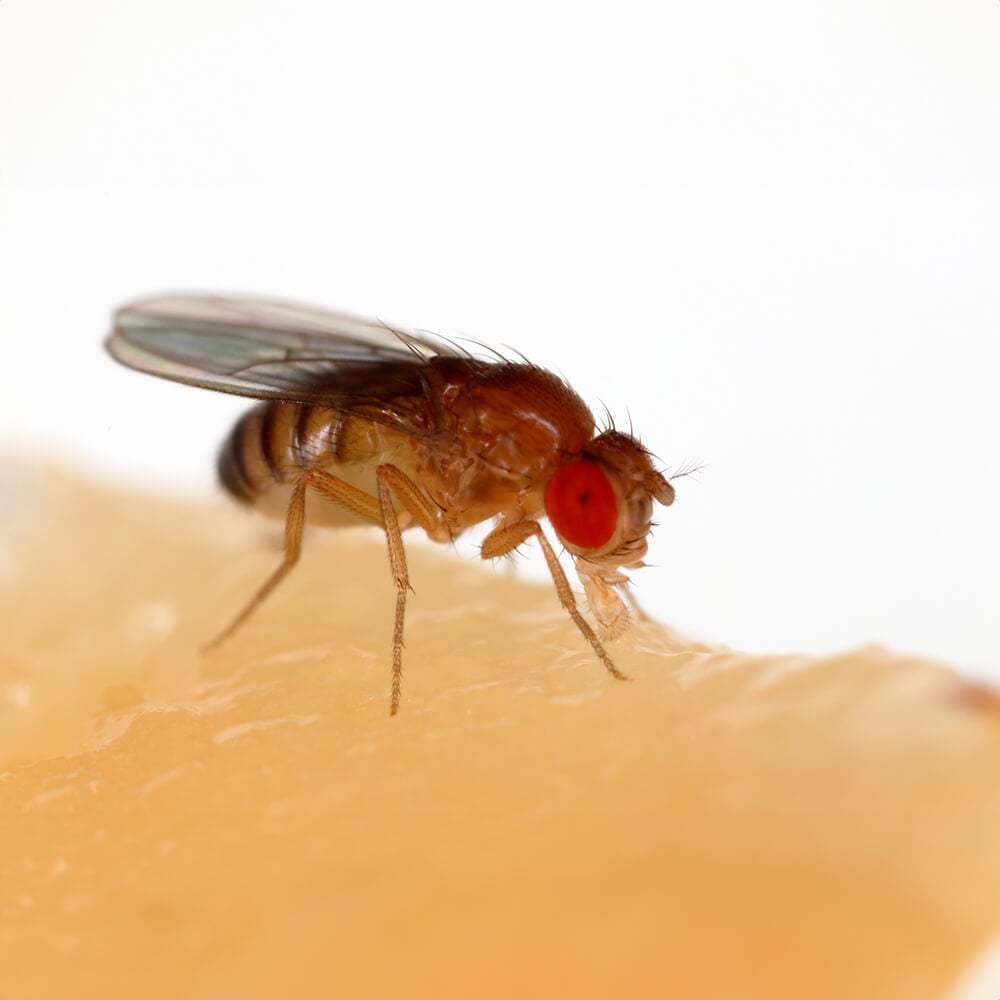
Fruit Fly (Drosophila melanogaster)
These tiny, red-eyed flies are a staple in genetic research, offering insights into inheritance patterns and development. Fruit fly infestations can be managed with proper sanitation.
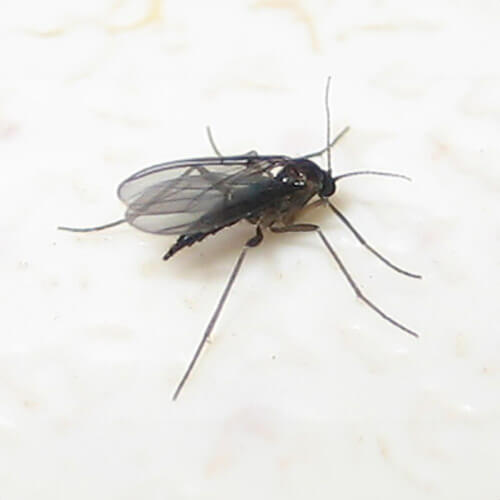
Gnats (Various species)
Tiny but persistent, gnats are often found around damp areas. Managing moisture and using traps can help control their presence.
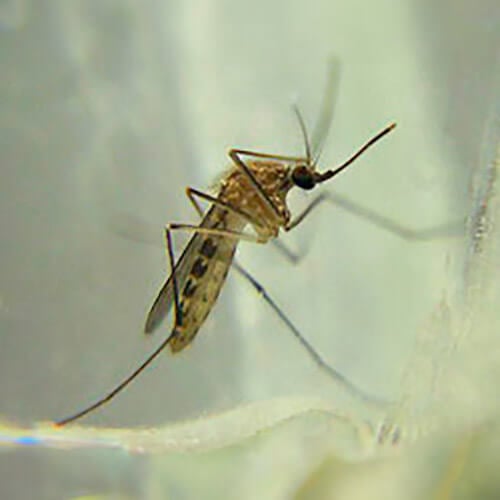
Mosquito (Aedes, Anopheles, Culex)
Mosquitoes, notorious for their itchy bites, are vectors for diseases like malaria and Zika virus. Mosquito control is vital for public health.
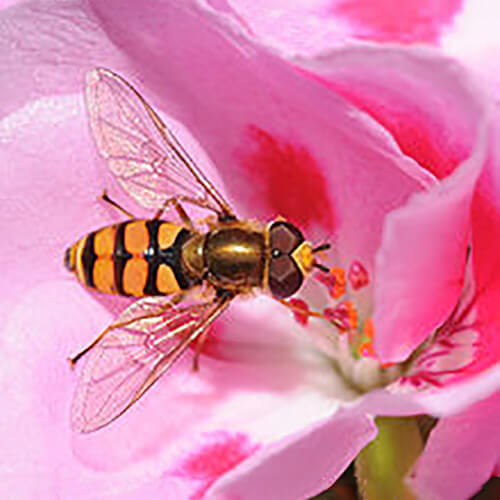
Hoverfly (Syrphidae)
Resembling bees, hoverflies are valuable pollinators. Encouraging their presence can enhance garden ecosystems.
Understanding the habits, habitats, and characteristics of these common fly species empowers us to manage their impact effectively.
Flies are prolific breeders. A single pair of flies can produce hundreds of offspring in a matter of weeks.
The life cycle of flies
Flies, an incredibly diverse order of insects, undergo a fascinating life cycle characterized by metamorphosis. Understanding this cycle is vital for pest control, research, and ecological insights. Here’s a breakdown of the stages:

Egg Stage
- The life of a fly begins as an egg, typically laid near a suitable food source.
- Depending on the fly species, eggs can be minute or more substantial, each adapted to the environment in which they’ll hatch.

Pupal Stage
- Maggots transform into pupae, encapsulated within a protective casing known as a puparium.
- Inside the puparium, significant physiological changes occur as the fly undergoes metamorphosis.
- Pupation allows the fly to develop into its adult form.
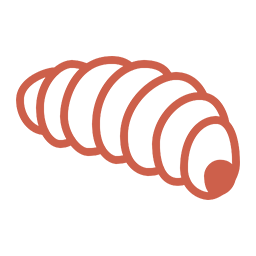
Larval Stage (Maggot)
- Upon hatching, flies enter the larval stage, often referred to as maggots.
- Maggots are legless, worm-like creatures that primarily feed on decaying organic matter.
- This stage is critical for nutrient acquisition and growth.
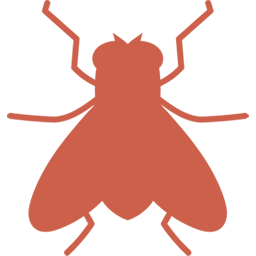
Adult Stage
- After completing metamorphosis, an adult fly emerges from the puparium.
- The adult is equipped with wings and legs, ready to engage in behaviors like feeding, mating, and, in some cases, pollination.
- Depending on the species, adult flies can live from a few days to several weeks.
Understanding the life cycle of flies is pivotal for effective pest management, especially in agricultural and urban settings. By targeting vulnerable stages like larvae or pupae, pest control measures can be optimized to reduce fly populations.
Most fly species have relatively short lifespans, ranging from a few days to a few weeks. However, some flies can live for several months.
The seasons most conducive to flies
Flies are a ubiquitous presence in various environments, and their prevalence can fluctuate with the changing seasons. Understanding the seasonal patterns of fly activity is essential for effective pest control and general awareness. Here’s a breakdown of when flies are most conducive:
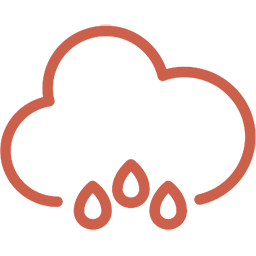
Spring
- As temperatures begin to rise in spring, flies become more active.
- With the thawing of frozen organic matter and increased plant growth, there’s an abundance of food and breeding opportunities for flies.

Fall
- As temperatures start to cool in the fall, fly activity gradually decreases.
- However, some fly species, like cluster flies, seek shelter indoors as the weather cools, leading to potential household infestations.
Summer
- Summer is peak fly season in many regions.
- Warm temperatures and longer daylight hours create ideal conditions for rapid fly reproduction.
- Flies can be especially bothersome in outdoor spaces during picnics and barbecues.
Winter
- Flies are least active during the winter months in cold regions.
- They may enter a dormant state or overwinter as pupae, larvae, or adults, depending on the species.
- Indoor fly problems may persist if appropriate measures aren’t taken to seal entry points.
Understanding the seasonal variations in fly activity enables individuals to implement timely pest control strategies. Measures such as proper sanitation, sealing entry points, and using fly traps can help manage fly populations during their peak seasons. Stay prepared year-round to mitigate the impact of these common insects.
Flies are remarkably resilient. They can withstand extreme temperatures, dehydration, and even survive in outer space for extended periods.
Where do flies come from, their habitat
Flies, with their remarkable adaptability, can thrive in diverse environments. Understanding their origins and preferred habitats is key to managing fly populations effectively. Here’s an exploration of where flies come from and their typical habitats:

Breeding Sites
- Flies often originate from breeding sites rich in organic matter, such as rotting food, animal waste, or decaying vegetation.
- Houseflies, for example, lay their eggs in these substrates, providing a nutrient-rich environment for larval development.

Outdoors
- Flies are abundant in outdoor environments, particularly during warm seasons.
- They thrive in gardens, compost heaps, and near bodies of water where they find food sources, moisture, and suitable places to lay eggs.

Waste Management Areas
- Landfills and waste disposal sites are magnets for flies due to the abundance of decaying organic matter.
- These areas can serve as major sources of fly infestations in nearby communities.

Indoors
- Within human structures, flies find numerous attractive habitats. Kitchens, garbage areas, and food storage spaces can become breeding grounds.
- In colder climates, some fly species overwinter indoors, seeking refuge from harsh weather conditions.

Livestock Facilities
- Farms and livestock operations often provide ideal conditions for fly breeding due to the presence of animal waste.
- Stable flies and horn flies are common pests in these settings, causing discomfort to animals and affecting productivity.
Understanding the connection between fly origins and their preferred habitats is essential for effective fly control. Implementing proper sanitation practices, such as covering trash bins, maintaining clean living spaces, and managing organic waste, can significantly reduce fly populations. By addressing these key factors, you can minimize the presence of flies and ensure a more hygienic and comfortable environment.
Flies play essential roles in ecosystems as decomposers. They help break down organic matter, recycling nutrients and cleaning up the environment.
What attracts flies into our homes
Flies are notorious for finding their way into our homes, often drawn by a variety of appealing factors. Understanding what attracts flies can help homeowners take preventive measures to keep these unwanted guests at bay. Here’s a look at what lures flies into our homes:
Food Sources
- Leftover or uncovered food is a primary attraction for flies. They are especially drawn to sweet, sugary substances, rotting fruits, and decaying food scraps.
- Dirty dishes and food residue in sinks or on countertops can also pique their interest.
Odors and Scents
- Strong odors, including those from pet waste, spoiled foods, and unsanitary conditions, can attract flies.
- Perfumes, scented candles, and air fresheners may also attract certain fly species due to their floral or fruity scents.
Garbage and Compost Bins
- Overfilled or uncovered trash bins, as well as compost heaps, provide flies with easy access to organic matter they seek for breeding and feeding.
- The odors emitted from these sources can be particularly enticing.
Indoor Plants
- Overwatered or decaying indoor plants can create a conducive environment for flies.
- Some fly species may be attracted to the organic matter in potting soil.
Moisture and Dampness
- Flies are attracted to moisture, making damp areas in and around homes, such as leaky faucets, drainage pipes, or pet water bowls, inviting breeding sites.
- Standing water in clogged drains can also serve as a breeding ground for certain fly species.
Warmth and Light
- Flies are often drawn to warm indoor environments, seeking shelter during cooler weather.
- They may also be attracted to artificial lighting, especially during nighttime, which can lead them inside.
Understanding these factors allows homeowners to take proactive steps to prevent fly infestations. Measures such as proper food storage, regular cleaning, sealing cracks and entry points, and maintaining good sanitation practices can help reduce the allure of flies and keep homes fly-free.
Flies taste their food by walking on it. They have special sensory organs on their feet that can detect chemicals, allowing them to find suitable sources of nutrition.
Signs that you have a flies’ infestation
Flies can be more than just a nuisance; they can indicate an underlying infestation issue that needs immediate attention. Recognizing the signs of a fly infestation is essential for early intervention and effective pest control. Here are some key indicators to watch for:
Increased Fly Activity
A sudden and significant increase in fly sightings within your home or business is a clear sign of a potential infestation. This may include swarms of flies congregating in specific areas.
Unpleasant Odor
A foul or rotting smell in certain areas of your home or business may suggest the presence of decaying organic matter that attracts flies.
Bite Marks or Irritated Pets
In cases of biting fly species like stable flies or horse flies, pets may exhibit signs of discomfort, including bite marks or restlessness.
Flies in Unusual Seasons
While flies are more common in warm seasons, their presence in large numbers during colder months may suggest an indoor infestation.
Larvae (Maggots)
The presence of fly larvae or maggots in and around your property is a strong indicator of breeding flies. Check areas like garbage cans, food waste, and damp spots for these small, wriggling creatures.
Visible Breeding Sites
Inspect common fly breeding grounds such as garbage bins, compost heaps, drains, and pet waste areas. The presence of fly larvae or pupae in these locations is a clear indication of an infestation.
Persistent Food Contamination
Flies can contaminate food surfaces with bacteria from their bodies, potentially leading to foodborne illnesses. Frequent instances of food contamination or spoilage may signal a fly problem.
Feces and Smears
Fly droppings, which resemble small dark specks or smears, can accumulate on walls, windows, and surfaces near their breeding or resting sites.
Dead Flies
The accumulation of dead flies around windowsills, light fixtures, or other areas may indicate a long-standing fly problem.
Indoor Plants Affected
Overwatered indoor plants can attract flies. If you notice an increased presence of flies around your houseplants, it could indicate a breeding site.
If you observe any of these signs, it’s essential to address the issue promptly. Fly infestations can lead to health hazards and damage to property. Consulting with a pest control professional is often the best course of action to identify the specific fly species, locate breeding sites, and implement effective control measures to eliminate the infestation.
Some fly species have evolved to mimic other insects or objects to avoid predators. They use mimicry and camouflage as a defense mechanism.
Rooms where flies hide
Flies can hide in various rooms or areas of a building, depending on the species and environmental conditions. Here are some common places where flies may hide:

Kitchen
Flies are often attracted to food, so you might find them in the kitchen, especially near open food containers or dirty dishes.
Basement
Basements can be attractive to flies, especially if they are damp or have areas with mold and mildew.
Bedroom
While less common, flies can also find their way into bedrooms through open windows or doors.
Bathroom
Some flies, like drain flies, can be found in bathrooms, especially in drains or areas with standing water.
Attic
Flies might hide in attics if there are openings or if the space is not well-sealed.
Laundry Room
Flies may be attracted to damp and soiled clothing or areas with moisture.
Garage
Flies may hide in garages, particularly if there are trash bins or decaying organic matter present.
Living Room
If you have houseplants or open windows and doors, flies may enter and hide in your living room.
Trash Bins
Flies often breed in and around trash bins, so they can be a common hiding spot.
To prevent flies from hiding or breeding in your home, it’s important to maintain good hygiene, keep doors and windows screened, and address any moisture or sanitation issues. Using fly traps or sprays can also help control fly populations in and around your living spaces. If you have a severe fly infestation, you may want to consider consulting a pest control professional for more effective solutions.
The dangers and damages that flies can cause
Flies, seemingly innocuous insects, can pose several dangers and inflict various damages, ranging from health risks to economic and aesthetic concerns. Recognizing these potential consequences is crucial for taking preventive measures. Here are the dangers and damages that flies can cause:
Disease Transmission
- Flies are notorious vectors for several diseases. They can carry pathogens such as Salmonella, E. coli, and various viruses on their bodies and transmit them to humans through contact with food, surfaces, or wounds.
- Diseases transmitted by flies include food poisoning, dysentery, cholera, and eye infections.
Agricultural and Livestock Damage
- Certain fly species, like the Mediterranean fruit fly and the stable fly, can damage crops and cause economic losses in agriculture.
- Livestock can be severely affected by blood-feeding flies, leading to reduced productivity and discomfort.
Indoor Infestations
- Flies that breed indoors, like houseflies and fruit flies, can lead to persistent infestations.
- Infested areas may require extensive cleaning and pest control measures to eradicate the problem.
Economic Losses
- Businesses in the food industry, such as restaurants and food processing facilities, can suffer financial losses due to contamination and health code violations associated with flies.
- Agriculture and livestock industries may experience reduced yields and increased expenses in fly control.
Food Contamination
- Flies can land on food and deposit bacteria and other contaminants from the environment and their bodies.
- Contaminated food can lead to foodborne illnesses, posing a significant health risk.
Nuisance and Irritation
- Large populations of flies can be a significant annoyance, disrupting outdoor activities, picnics, and gatherings.
- Biting fly species, such as horse flies and black flies, can cause painful bites and skin irritation.
Damage to Fabrics and Materials
- Certain fly larvae, like those of the clothes moth fly, can infest textiles, causing damage to clothing, upholstery, and carpets.
Allergic Reactions
- Some individuals may be allergic to fly bites or their feces, leading to skin irritation, itching, and in severe cases, allergic reactions.
Understanding the potential dangers and damages caused by flies underscores the importance of effective fly control measures. Maintaining good sanitation practices, using fly traps, and seeking professional pest control assistance when needed are essential steps in mitigating these risks and preserving public health and property.
Flies can transmit diseases to humans and animals. They can carry and transfer pathogens like bacteria and viruses, making them potential disease vectors.
How to get rid of flies / Available treatments
When faced with a fly infestation or the presence of these pesky insects, it’s crucial to employ effective methods and treatments for fly control. Here’s a comprehensive guide on how to get rid of flies and the treatments available:
Sanitation
- Maintaining cleanliness is the first line of defense. Regularly clean and remove food residues, crumbs, and spilled liquids.
- Seal and dispose of garbage properly in tightly closed containers, and clean trash cans regularly.
Natural Predators
- Introduce natural predators, like fly-catching plants (e.g., Venus flytrap) or certain birds and parasitoid wasps, to control fly populations in gardens or agricultural settings.
Professional Pest Control
- For severe infestations or persistent fly problems, it’s advisable to seek the services of a professional pest control company.
- Pest control experts can identify the specific fly species, locate breeding sites, and implement targeted treatments.
Preventive Measures
- Implement preventive measures, such as fly screens on doors and windows, to keep flies from entering your home or business.
Screens and Sealing
- Install window screens and door sweeps to prevent flies from entering your home or business.
- Seal cracks, gaps, and entry points where flies may infiltrate.
Biological Control
- Beneficial nematodes or microorganisms can be used to target fly larvae in soil or compost heaps.
Environmental Modifications
- Eliminate breeding sites by addressing damp areas, drainage issues, and stagnant water sources.
- Remove decaying organic matter from the vicinity, as this can attract flies.
Fly Traps
- Fly traps come in various forms, such as fly paper, fly strips, and electric fly zappers. These traps attract and capture flies.
- Fly baits, which can be placed in bait stations or traps, are effective at luring and killing flies.
Chemical Control
- Chemical fly sprays and insecticides are available for fly control. These products can be applied to surfaces, used as foggers, or applied as baits.
- Ensure to follow safety guidelines and use these products in well-ventilated areas, especially indoors.
Fly Repellents
- Apply fly repellent creams or sprays on skin or clothing when outdoors to deter biting fly species.
Selecting the appropriate treatment method depends on the severity of the infestation and the specific fly species involved. Combining multiple methods and maintaining a proactive approach to sanitation is often the most effective way to get rid of flies and keep them at bay.
Flies are known for their agile flight abilities, including hovering, rapid changes in direction, and even flying backward.
How to prevent flies infestations
Preventing fly infestations is a proactive approach to keeping your home or business free from these bothersome insects. Employing preventive measures is key to mitigating the risk of fly infestations.
Maintain Cleanliness
- Regularly clean and sanitize your living or working spaces, paying special attention to kitchens, dining areas, and food storage areas.
- Clean up food residues, crumbs, and spills promptly.
Screen Windows and Doors
- Install screens on doors and windows to prevent flies from entering your living or working spaces.
- Ensure screens are in good repair without tears or gaps.
Limit Outdoor Breeding Sites
- Eliminate stagnant water sources, fix drainage issues, and empty containers that can collect rainwater.
- Maintain your garden and yard to reduce suitable fly breeding habitats.
Professional Pest Control
- Consider periodic professional pest control inspections and treatments, especially if you have a history of fly infestations or live in areas prone to fly problems.
Garbage Management
- Use sealed trash cans with tight-fitting lids for garbage disposal.
- Empty and clean trash cans regularly to prevent odors and breeding sites for flies.
Seal Entry Points
- Identify and seal cracks, gaps, and entry points around doors, windows, and vents where flies might infiltrate.
Fly Traps and Repellents
- Use fly traps, such as fly paper, fly zappers, or fly baits, as a preventive measure.
- Apply fly repellents on skin or clothing when spending time outdoors, especially in areas prone to biting flies.
Educate and Train
- Educate household members or employees about the importance of proper sanitation and fly prevention measures.
Compost Carefully
- If composting, maintain a well-balanced compost pile and use a lid or cover to prevent flies from breeding in organic matter.
Pet Waste Management
- Properly dispose of pet waste and clean up pet living areas regularly.
- Use covered litter boxes and promptly remove feces from outdoor areas.
Regular Inspections
- Conduct regular inspections of your property to identify potential breeding sites and address them promptly.
Food Storage
- Store food in airtight containers to prevent access for flies.
By implementing these preventive measures consistently, you can significantly reduce the risk of fly infestations in your living or working spaces. A proactive approach to fly prevention not only enhances comfort but also contributes to a healthier and more sanitary environment.
Conclusion
In conclusion, flies and infestations caused by these insects can be a serious nuisance and potential health hazard. Understanding the signs and causes of fly infestations is crucial for effective prevention and control. By implementing proper sanitation practices, sealing entry points, and utilizing various pest control methods, individuals can minimize the risk of fly infestations. Whether it’s houseflies, fruit flies, or other species, taking proactive measures is key to keeping homes, businesses, and outdoor spaces fly-free and comfortable. Swift action and diligence in fly prevention can help maintain a healthier and more hygienic environment for all.
